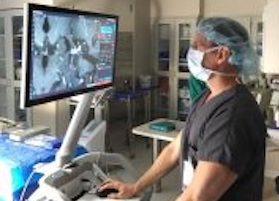
Considering Deep Brain Stimulation (DBS) for Movement Disorders?
Living with a movement disorder can be daunting, affecting every facet of one’s life. Conditions like Parkinson’s disease, essential tremor, and dystonia can significantly diminish your quality of life, causing stiffness and involuntary movements. Amidst this challenge, Deep Brain Stimulation (DBS) emerges as a beacon of hope. DBS is an option for treating movement disorders, […]






